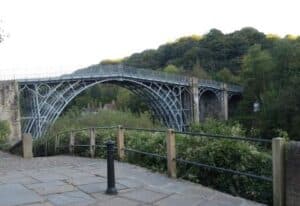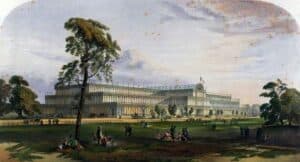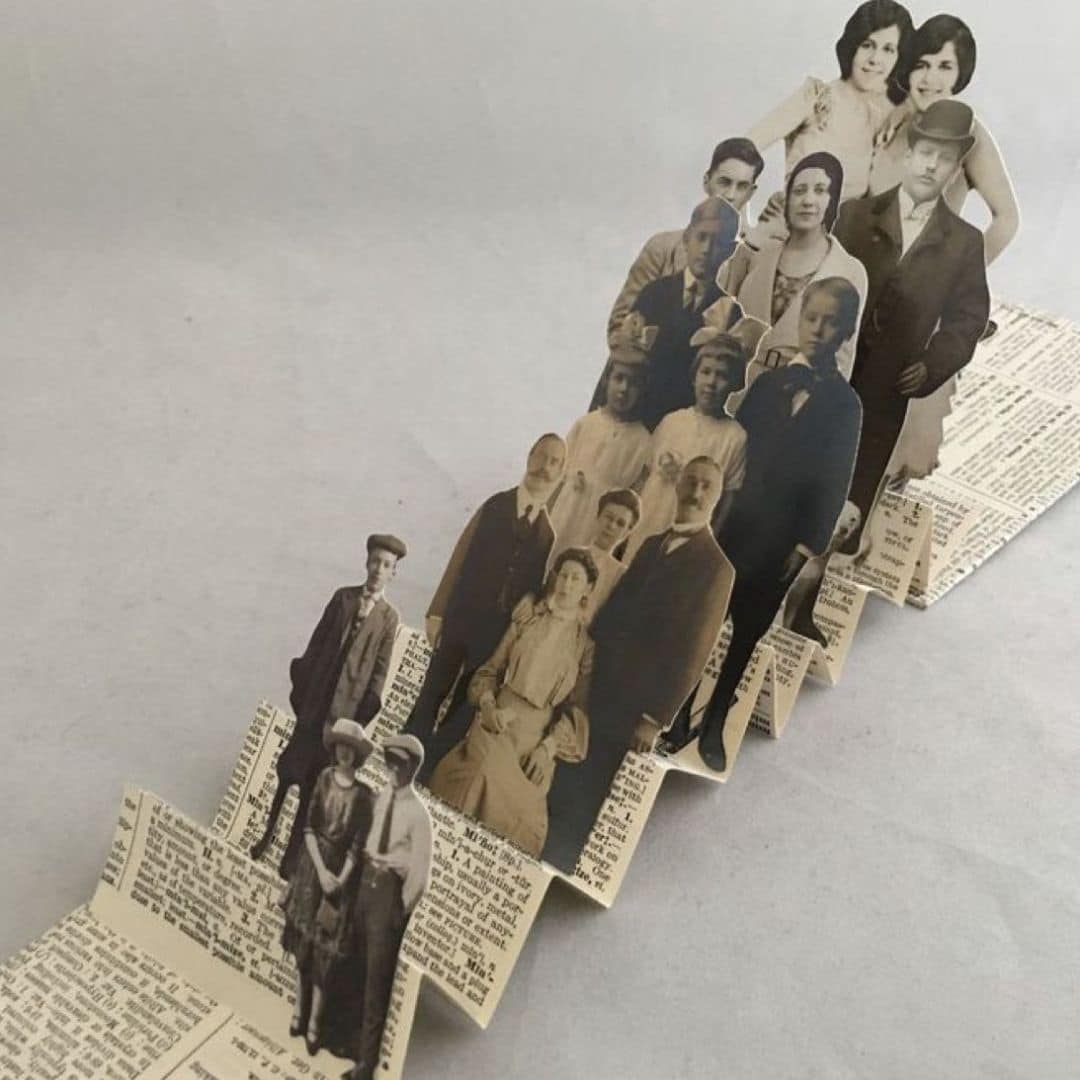European architecture of the nineteenth century was deeply influenced by the industrial revolution .
With the development of industry, transports and communications, such as the train, the automobile, the telegraph and the telephone, the world became smaller and the nineteenth century was linked to industrialization, urban growth and the demographic explosion.
By Diana Ferreira, online courses Treasures of Architecture
The industrial revolution
In the middle of the eighteenth century, the Industrial Revolution arose in England, a period in which the substitution of labor by the machine occurred in the production of materials that brought new forms to architecture.
The first freight railroad opened in 1825 in the north of England and later opened many more to different European countries.
The invention of the train and the steamboat enabled us to shorten distances and increase the interchange between peoples and cultures, allowing a faster dissemination of the news, as well as the transport of passengers and tons of raw material such as iron, coal and wood , between great distances and in less time.
New types of construction
A new era required the construction of new architectural typologies: railway stations, hotels, tunnels, factories, warehouses, markets, customs, greenhouses, silos, exhibition halls, and bridges that could withstand heavy loads.
The industrial revolution has caused the displacement of the population from agriculture and handicrafts to urban industries, increasing the population density of cities in a few decades and the need of new constructions.
New materials
The use of the new materials sparked an art that projected to the forefront the engineers, who used prefabricated products and materials such as concrete, steel, and especially iron and glass slides, allowing larger windows, bold domes of glass, and brighter interior spaces.
The iron supports 4 to 40 times more pressure than the stone and has a much smaller weight, with the advantage of adapting to any shape and not needing so many supports, increasing the circulation space. With it the walls could be greatly reduced in thickness.
Examples of iron architecture

https://pixabay.com/pt/ironbridge-shropshire-inglaterra-525858/
The first industrial structure was the Iron Bridge over the Severn River in 1775-1779 near Coalbrookdale in central England. It aesthetics was far from the traditional architectural forms. The work of engineers was heavily criticized by the architects.
Later, in 1851, Joseph Paxton perfected this type of construction at the Crystal Palace in London, a completely innovative building ( First World Exhibition).
The Crystal Palace, Hyde Park, 1851

It was assembled exclusively with prefabricated elements, which allowed its record-setting time of seventeen weeks and facilitated its disassembly.
The first structures had a revolutionary aesthetic potentiality, very attractive and naked, provided with lightness, transparency, tension and fragility, but far from the traditional forms of architecture. Consequently, strongly contrasted opinions were created, denying them the title of architecture, and considering them “utilitarian constructions”.
 Another example, one of the most significant of the industrial era, was the Eiffel Tower, much criticized by Parisians and called “the shame of Paris”. It was destined to be dismantled after the World Expo for which it was built.
Another example, one of the most significant of the industrial era, was the Eiffel Tower, much criticized by Parisians and called “the shame of Paris”. It was destined to be dismantled after the World Expo for which it was built.
Eiffel Tower- Lifts











1 Comment.
yee